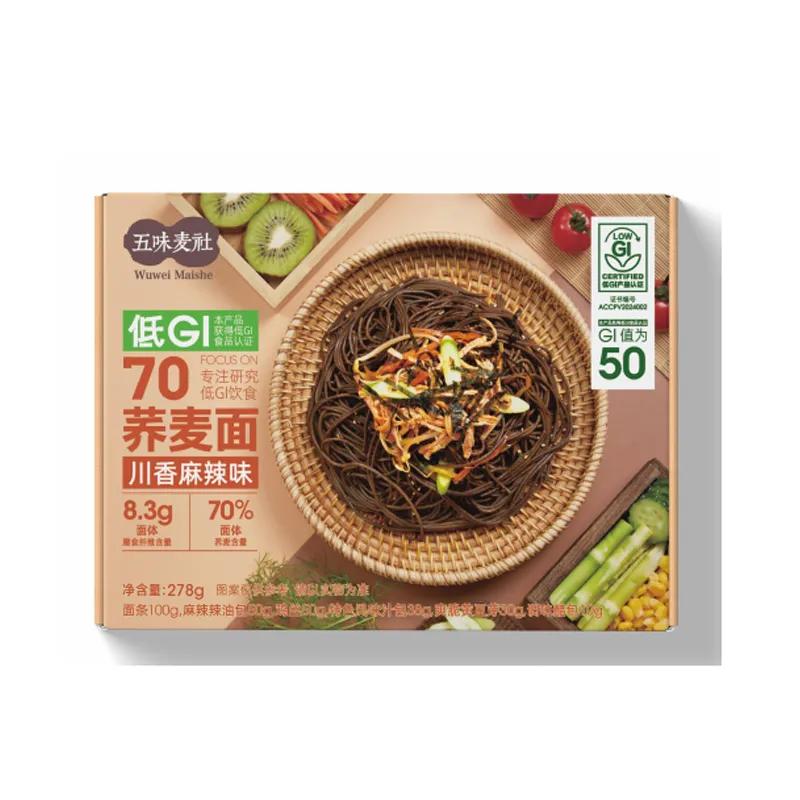what noodles to use for hot pot
Choosing the Right Noodles for Hot Pot A Comprehensive Guide
Hot pot is a beloved culinary tradition in many Asian cultures, particularly in China, where it serves as both a meal and a social activity. Diners gather around a bubbling pot of broth, adding various ingredients like meats, vegetables, and, of course, noodles. The type of noodles you choose can significantly enhance your hot pot experience. Here’s a comprehensive guide to the best noodles to use for hot pot, ensuring you make the most of this delightful dining experience.
Types of Noodles for Hot Pot
1. Rice Noodles
Rice noodles are a popular choice for hot pot, especially in Southeast Asian cuisine. They are gluten-free and come in various widths, from thin vermicelli to wider flat noodles. When cooked in the broth, rice noodles absorb the flavors of the soup, making them a delicious addition. They are quick to cook, usually requiring just a few minutes of immersion in the bubbling broth before becoming soft and tender. If you’re looking for a light and refreshing option, flat rice noodles are an excellent choice.
2. Egg Noodles
Egg noodles add a rich flavor and a chewy texture to hot pot dishes. Made from wheat flour and eggs, these noodles can hold up well in both mild and spicy broths. They take a bit longer to cook than rice noodles, but the end result is a satisfying bite that complements meat and vegetable additions. Egg noodles come in various shapes, from thin strands to thicker, wavy varieties, allowing for versatility in your hot pot presentation.
3. Wheat Noodles
Wheat noodles, especially those made with whole wheat flour, are another excellent option for hot pot. They can provide a denser, heartier texture compared to rice noodles. Some popular types include udon, which are thick Japanese wheat noodles, and soba, which are made from buckwheat flour. Udon's chewy texture pairs well with a rich broth, while soba’s nutty flavor adds a unique twist. Both types can soak up the broth’s essence beautifully, enriching your hot pot experience.
what noodles to use for hot pot

4. Shirataki Noodles
For those seeking a low-carb or keto-friendly option, shirataki noodles are perfect. Made from the konjac plant, these noodles are virtually calorie-free and have a unique texture. They are often sold in a sealed bag and require minimal preparation—a quick rinse will do. Their neutral taste allows them to soak up the flavor of the broth effectively, making them a versatile choice for hot pot. Keep in mind that they are best mixed with more flavorful ingredients to create a satisfying meal.
Tips for Cooking Noodles in Hot Pot
1. Do Not Overcook One of the most common mistakes in hot pot is overcooking the noodles. Noodles can become mushy if left in the broth for too long. It’s advisable to cook them separately according to package instructions and then add them to the broth just before serving.
2. Prepare Noodles Ahead of Time To streamline your hot pot experience, prepare your noodles in advance. Cook them until they are just al dente, then drain and rinse them under cold water to stop the cooking process. When it’s time to eat, you can quickly dip them into the hot pot to warm them up.
3. Mix Different Types Don’t be afraid to mix different types of noodles for variety. Combining rice noodles with egg noodles or adding some shirataki noodles can introduce different textures and flavors to your meal.
4. Personal Flavor Profiles Encourage your guests to personalize their noodle dishes by providing a selection of dipping sauces and fresh herbs. This adds an interactive element to your hot pot gathering and allows everyone to create a unique flavor profile.
Conclusion
Selecting the right noodles for your hot pot can elevate your dining experience. Whether you opt for traditional rice noodles, rich egg noodles, hearty wheat noodles, or low-carb shirataki noodles, the key is to choose what you enjoy the most. By considering the cooking times, flavors, and textures, you can create a memorable hot pot meal that delights every palate. Gather your ingredients, prepare your broth, and enjoy the communal joy that hot pot brings—nudging each other to pass the noodles and sharing both the food and laughter around the table. Happy hot potting!
-
Is Whole Wheat Pasta Healthy?NewsMay.30,2025
-
Are Soba Noodles Good for Weight Loss?NewsMay.30,2025
-
Are Buckwheat Soba Noodles Healthy?NewsMay.30,2025
-
Are Buckwheat Soba Noodles Gluten Free?NewsMay.30,2025
-
Are Buckwheat Noodles Good for You?NewsMay.30,2025
-
A Healthy Way to Savor Soba and Spicy FlavorsNewsMay.30,2025
-
What Are Lanzhou Noodles?NewsMay.30,2025
Browse qua the following product new the we

















































































































